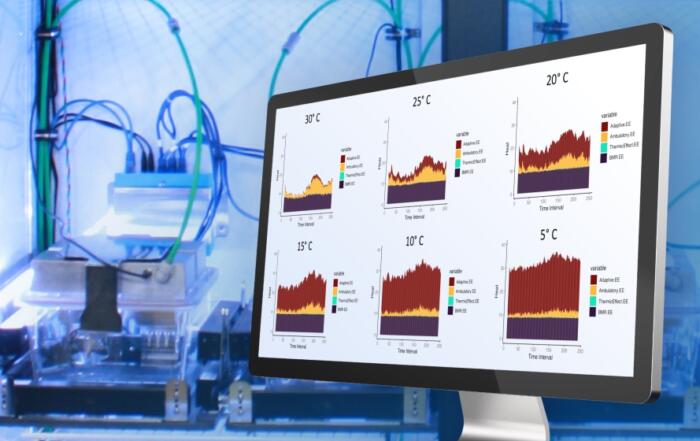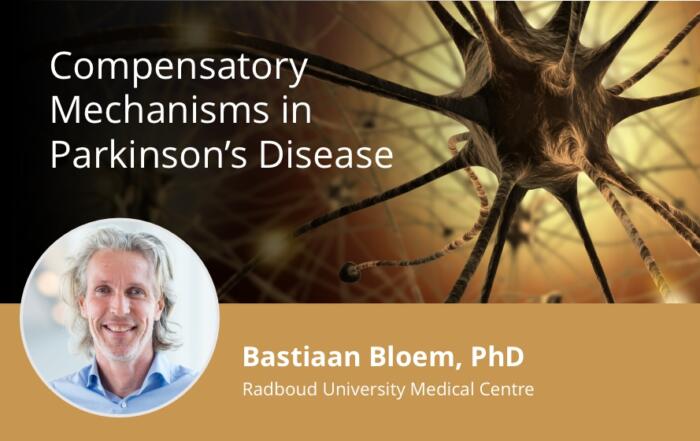
Airdate: Tuesday, March 22, 2016 Season: 3 Episode: 2
Guests: Meike Mischo, Frazer Findlay, Arnd Rose
This episode of #ExpertAnswers features Meike Mischo, PhD, Product Manager, Scientific Eye Tracking, SensorMotoric Instruments, Frazer Findlay, CEO, BIOPAC Systems, Inc. and Arnd Rose, PhD, Product Manager, Mobile Eye Tracking, SensorMotoric Instruments. They are here to discuss gaze behavior measurements with physiological monitoring in both screen-based and interactive, mobile applications.
For more information or to watch the webinar, click here.
Associated Webinar: Integrating Eye Tracking Data with Physiological Measurements
Similar Podcasts
Talking Real Science with Meaghan Loy on Rare Disease Day
On this episode of #ShareScience, we spoke with Meaghan Loy, Senior Category Director of In Vivo Services with Scientist.com, on Rare Disease Day.
#ExpertAnswers: Gethin Evans on Life Science Education Delivery
Gethin Evans delves into his experience teaching in the life sciences pre-, during, and post-pandemic and how his department invested in technology to assist with teaching content and delivery during the pandemic.
#ExpertAnswers: Kaitlynn Arnholt and Elaine Nam on Lab-Based Learning
Kaitlynn Arnholt and Elaine Nam discuss how the collaboration between ADInstruments and Vernier Science Education enhances lab-based learning.
Related Content
Clambake: An Algorithm to Decode Energy Expenditure Data from Metabolic Cages
In this webinar, Dr. Jonathan Brestoff discusses his research on metabolism and a new method to quantify metabolic data known as Clambake.
Updates in Chronic Traumatic Encephalopathy (CTE)
Dr. Ann McKee will describe the emergence of chronic traumatic encephalopathy (CTE) as a distinct disease over the past 20 years.
Compensatory Mechanisms in Parkinson’s Disease
Bas Bloem, MD reviews compensatory mechanisms, including cerebral plasticity and behavioral adaptation, in persons with Parkinson's disease.










